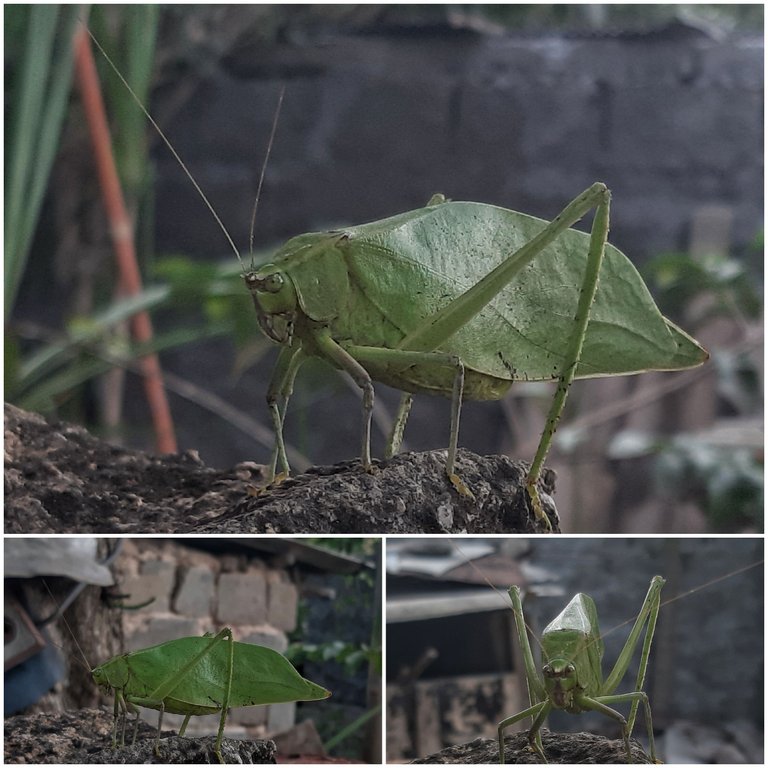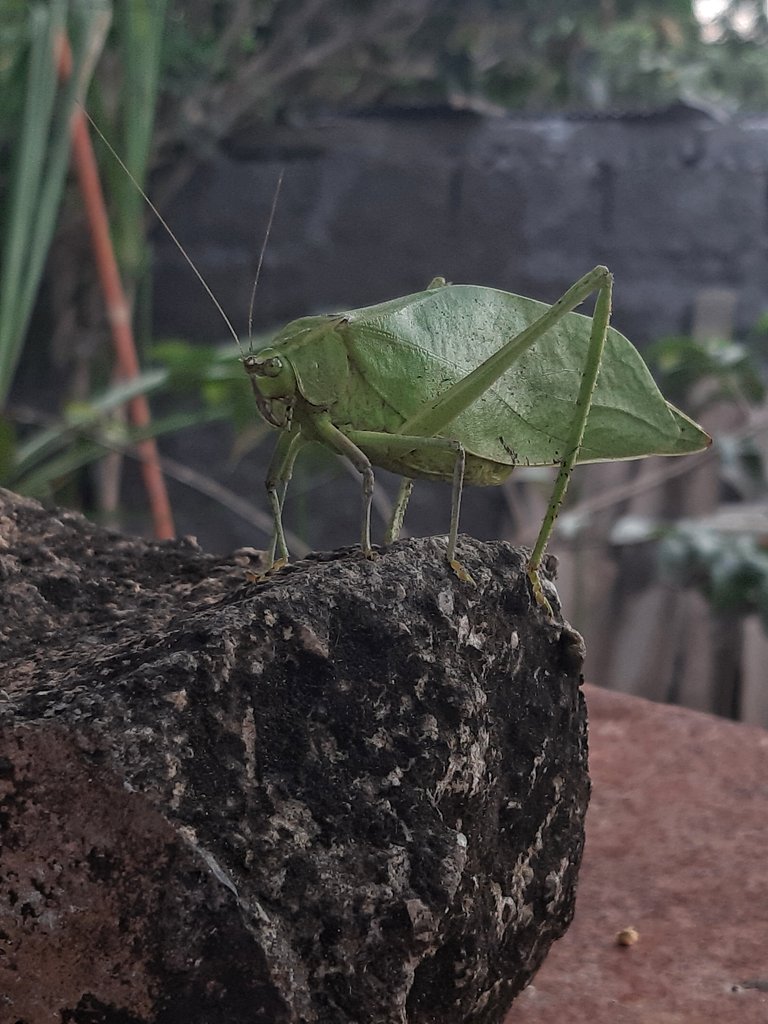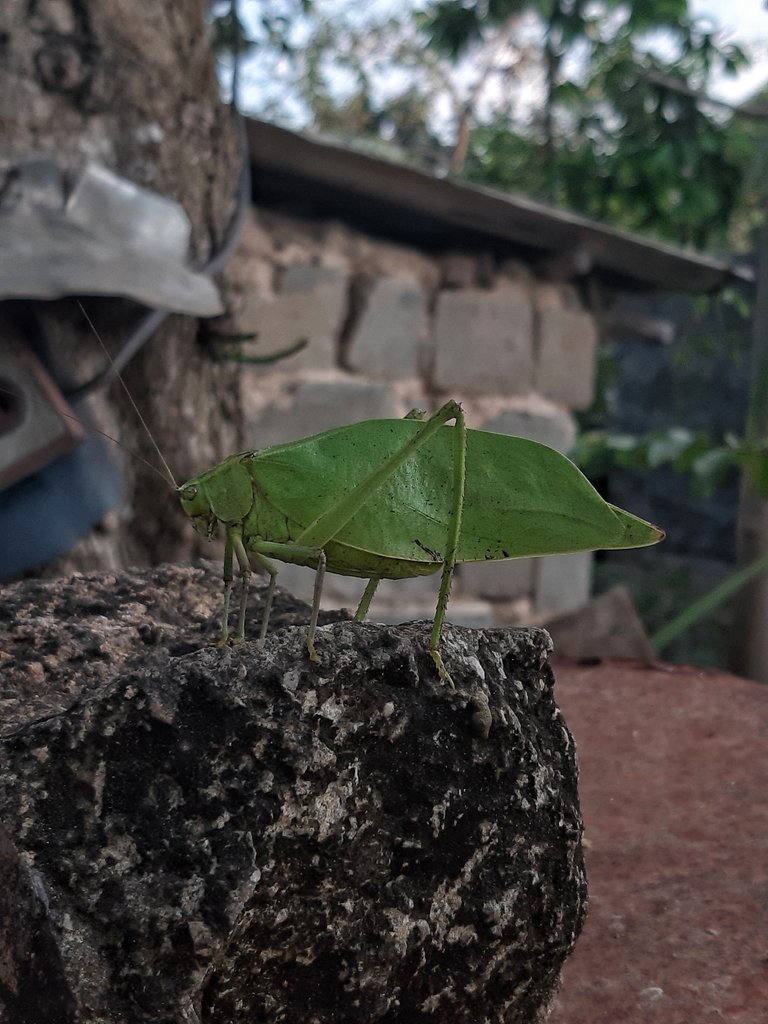
Greetings friends who love nature and especially insects. A few days ago I had the opportunity to observe very closely and photograph the Green Grasshopper, also known in my country (Cuba🇨🇺) as Hope, because of its color which is a symbol for many of this virtue.
The Green Grasshopper, whose scientific name is Tettigonia viridissima is an insect of the order Orthoptera, and of the suborder of the ensifera. It has long antennae, as well as long legs with great capacity to propel them in long jumps. Their tibiae even have auditory organs, and are very sensitive to sound waves and ultrasound.
They are large in size, reaching up to more than 40 mm long in the case of females. They produce a very characteristic chirp when rubbing their front wings, and in the case of the males they also generate a loud and sharp song mainly at twilight hours and in hot weather, with the aim of attracting females.
They feed mainly on grasses, small fruits and flowers, and preferably inhabit sunny places and trees.
In these photographic captures I present some images of a specimen, where the aspect of its head with large eyes and jaws and its body similar to that of a green leaf stand out, which allows it to camouflage itself with these when necessary. I hope you find it interesting. Best regards.




All images are my own, captured with the camera of my Samsung Galaxy A7 cell phone.
Photo size📷 4:3 (24 MP)
Translated at DeepL
Link
Bibliographic source
Link







Thank you very much!!🙏
Nice pictures!
However, that's actually not a grasshopper:
The order Orthoptera is divided in the suborders Caelifera (grasshoppers) with short antennae and Ensifera (crickets) with long antennae.
Your pictures obviously show a member of the suborder Ensifera.
Furthermore, your photos also don't show Tettigonia viridissima which has a different body shape than the cricket in your pictures (and which also is no grasshopper anyway).
Hello, thank you very much for your comments and corrections. I am not very knowledgeable about the world of these insects. The information I provided in this regard was consulted in the bibliographic source from which I put the Link. It seems to have errors. I thank you again for your clarification. Best regards.